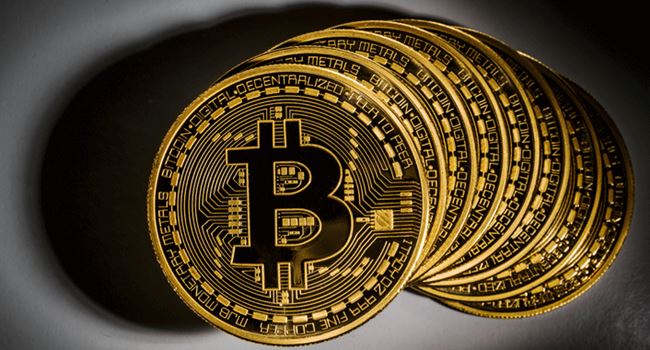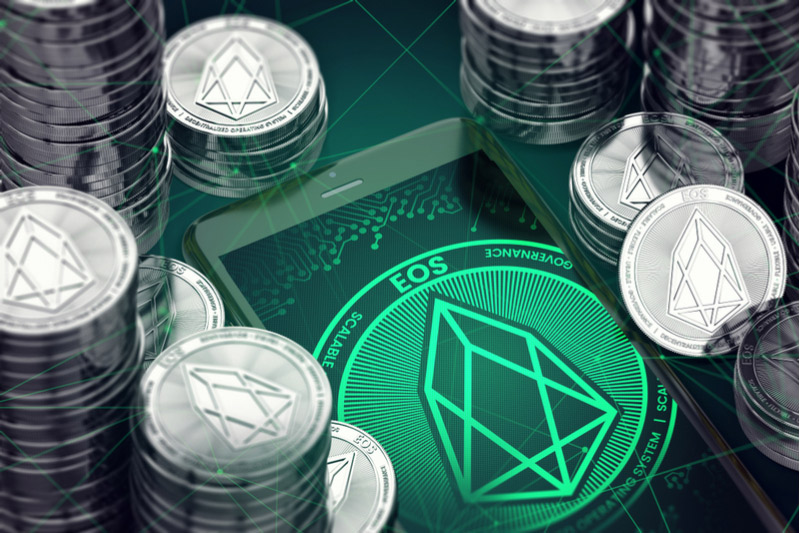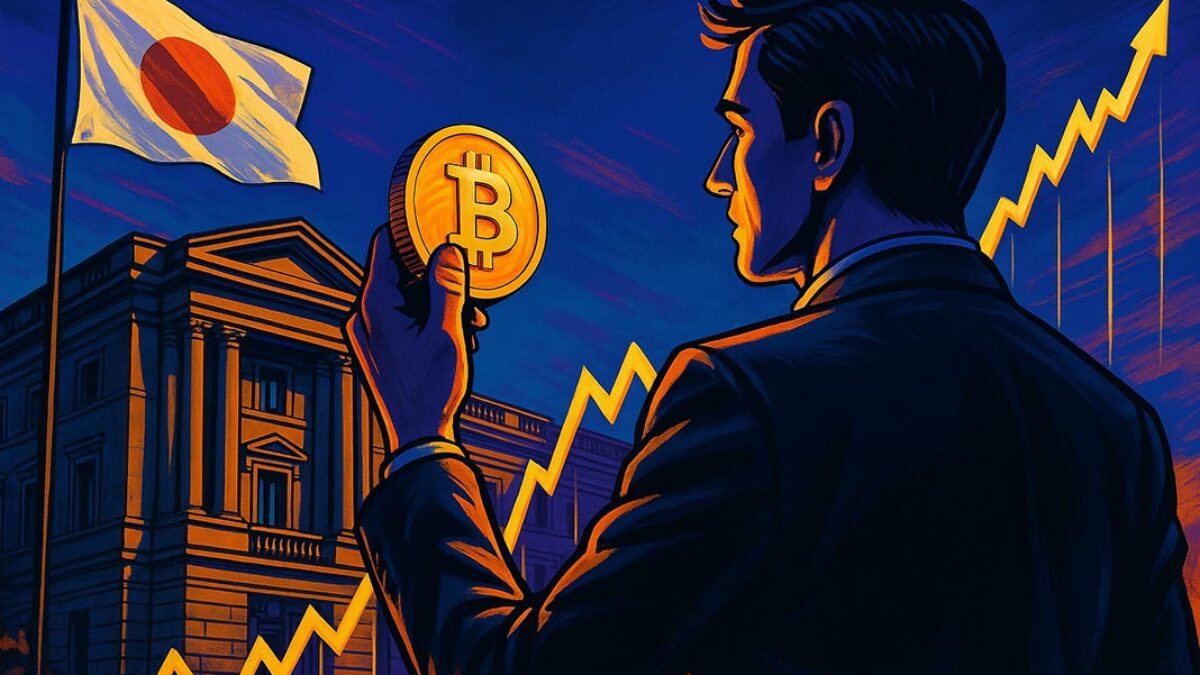A Harsh April for the NFT Market
April proved to be a challenging month for the non-fungible token (NFT) sector. According to industry data, NFT sales plummeted by nearly 40% compared to March, marking one of the steepest month-over-month declines in recent times. This downturn has raised concerns among creators, collectors, and investors alike.
Although the NFT space has experienced fluctuations before, April’s sharp decline highlights broader market uncertainties and waning consumer interest—at least for now.
What the Numbers Reveal
Based on figures from NFT analytics platforms such as CryptoSlam and NonFungible.com, total NFT sales volume dropped from approximately $1.2 billion in March to just over $700 million in April. Furthermore, the number of unique active buyers also declined, indicating not just lower volume but less participation across the board.
Popular marketplaces like OpenSea, Blur, and Magic Eden all reported noticeable drops in user activity and transaction count. Even well-known NFT collections such as Bored Ape Yacht Club (BAYC) and Azuki witnessed decreased demand and falling floor prices.
Why the NFT Market Is Struggling
Several factors contributed to this drop, starting with ongoing market fatigue. After years of rapid growth and speculative investing, the NFT space appears to be cooling off. Additionally, uncertainty in the global economy, rising interest rates, and regulatory scrutiny of digital assets have made investors more cautious.
Moreover, the lack of groundbreaking new projects in April may have also affected overall sentiment. While the NFT ecosystem continues to evolve, many buyers are waiting for fresh innovation before diving back in.
Reactions from the Industry
Despite the gloomy numbers, some industry insiders remain optimistic. They argue that this correction is not only expected but necessary for long-term sustainability. “We need cycles like these to weed out low-effort projects and make room for real utility,” said an NFT project developer on Twitter.
Meanwhile, platforms are taking this time to innovate. OpenSea, for example, announced updates to its smart contract systems and creator royalties to encourage more high-quality listings and fairer revenue models.
The Path Forward: What to Expect Next
Looking ahead, the NFT sector must adapt to regain momentum. Experts suggest that utility-driven NFTs, real-world applications, and stronger community engagement will be key to the next phase of growth. Rather than focusing solely on digital art, future projects may integrate NFTs into gaming, music rights, ticketing, and digital identity.
Additionally, clearer regulations around digital ownership and blockchain transactions could restore confidence among skeptical investors. If done right, the industry could turn this setback into a setup for resurgence.
Conclusion: A Wake-Up Call for the NFT Ecosystem
In summary, April 2025 was a wake-up call for the NFT market. With sales plunging nearly 40%, it’s evident that the sector is going through a necessary period of reflection and realignment. However, like many emerging technologies, downturns often pave the way for reinvention.








